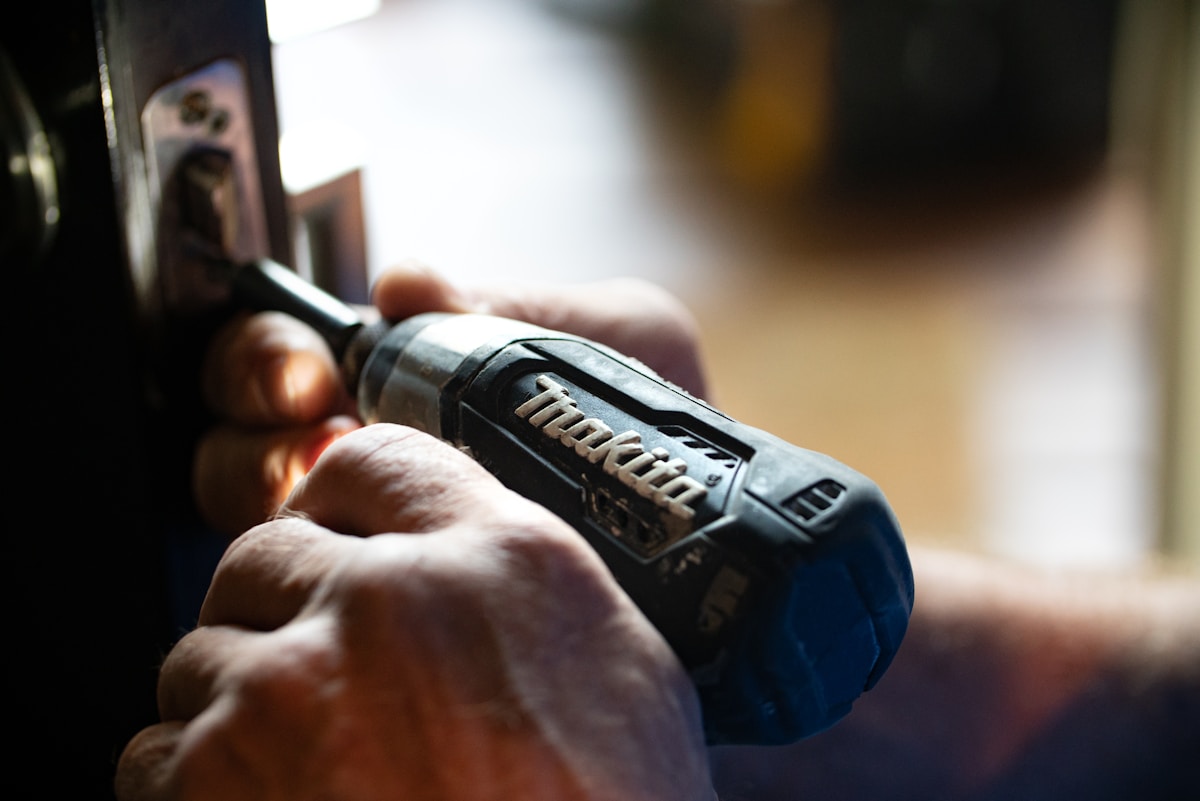There is an expectation of a certain level of quality when moving into a newly constructed home. You’re moving into a home with no previous owners, which prevents some of the issues an older home may have. However, problems can still occur in a new construction home.
That’s why many newly built homes come with a builder warranty. If your new construction or renovated home comes with a builder warranty, it can be a major benefit that will help alleviate financial headaches should any major issues occur. Read on to learn more about what a builder warranty covers and doesn’t cover.

What is a builder warranty?
A builder warranty covers structural elements of the home, including materials and workmanship, for a limited amount of time. This is a commonly offered warranty with new construction and renovated homes, and it’s included in the price of the property. The warranty explains how the repairs will be completed and is backed by the builder themselves or through a third-party warranty company.

What’s covered
The warranty provides limited coverage on materials and workmanship for specific components of the home. It is important to remember that warranties may differ from builder to builder, but your warranty should offer limited coverage on supplies used to build your home and on items your builder constructed. This typically includes:
- Carpentry
- Doors
- Electrical
- Flooring
- Foundation
- Garage doors
- Glass
- Insulation
- Landscaping
- Masonry
- Plumbing
- Roofing
- Shingles
- Waterproofing
- Windows
Bring a checklist of items that the builder warranty is responsible for to your final walkthrough. If you find any problems, it may be easier for the builder to correct them before you move in.
What’s not covered
There are several situations and items that are not typically covered by a builder warranty. This will depend on your specific warranty and often doesn’t include normal wear and tear like chipped paint or scratches on a floor. Other issues that aren’t covered in a warranty typically include:
- Household appliances
- Minor cracks in brick, cement, drywall, or tile
- Defects caused by work completed by someone other than the builder
- Paint fading
- Damage from improper maintenance
- House settling
- Weather-related issues
- Insect and pest damage
Length of coverage
The period of coverage can vary from warranty to warranty, but you can typically expect the following:
- One year: Coverage of materials and workmanship on various components. This can include doors, drywall, and paint.
- Two years: Coverage of major components of the home, such as the electrical system, HVAC, and plumbing.
Some builders will offer ten years of coverage for any major structural defects that could make your home unsafe or put you in danger, such as a roof that could collapse.

How to file a claim
First, read your warranty to guarantee your defect is covered and that you’re still within the coverage period. If you are, reach out to the company that is backing the warranty. File the claim by following the specific instructions laid out in your warranty; some warranties require you to send written notification (be sure to send this by certified mail), while others have a hotline you need to call. Make sure to keep a record of any correspondence you have with the company.
Once the builder or third party accepts the claim, they will either restore your home to its original condition before the defect or pay you the cost to repair or replace the defect.
Moving into a new construction home is a dream for many people. A builder warranty can help you make sure it doesn’t turn into a nightmare if any problems arise.

